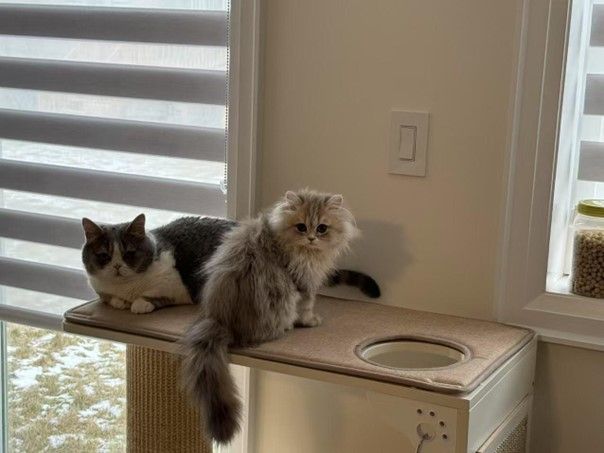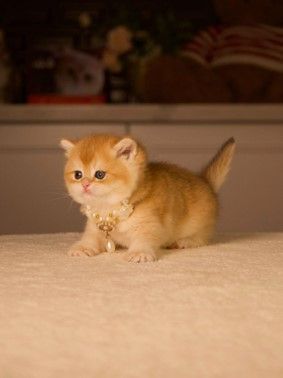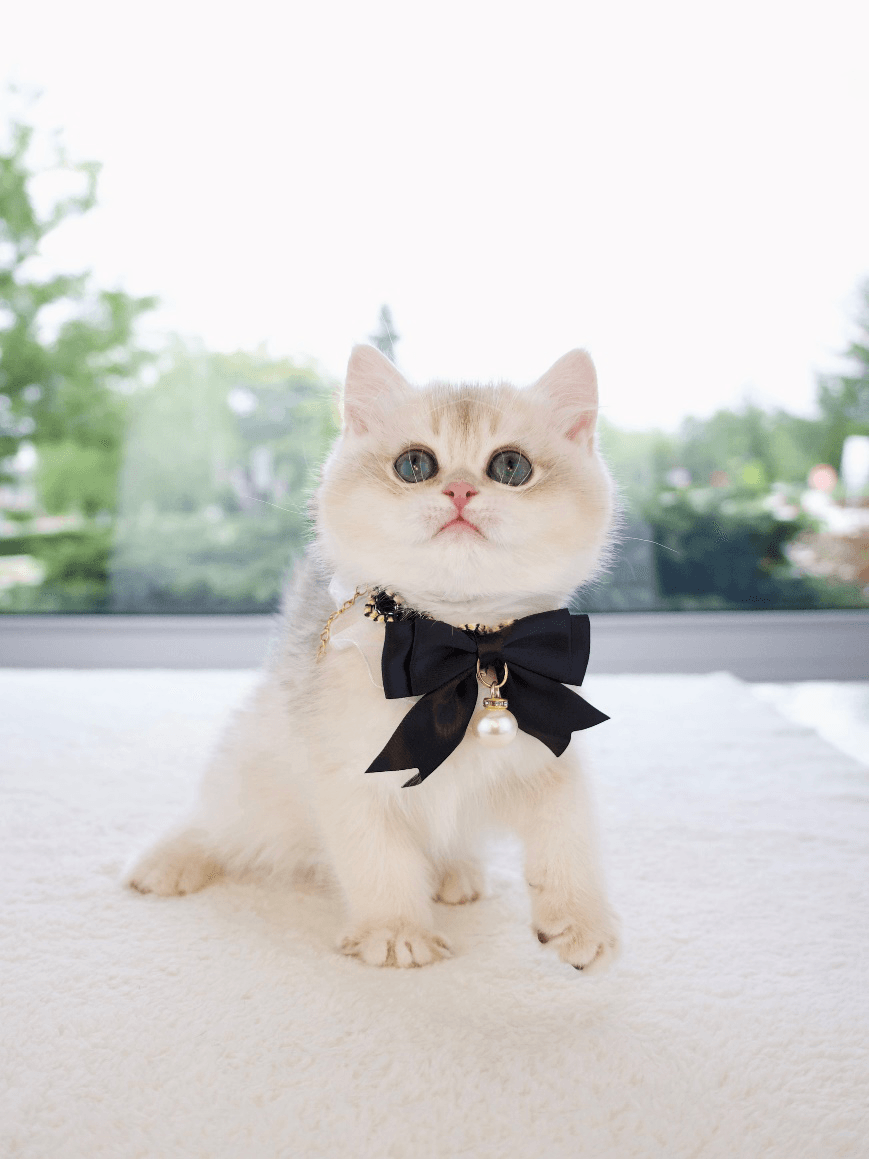The Science of Feline Genetics: The Health and Beauty of British Shorthair Cats
From: Catking Cattery

The British Shorthair cat stands as a testament to the harmonious blend of genetics and selective breeding. Renowned for their plush coats, round faces, and calm demeanors, these cats are not just visually appealing but also possess a genetic makeup that contributes to their overall health and longevity. In this blog, we delve into the genetic factors that shape the health and physical characteristics of British Shorthair cats, offering insights for enthusiasts and prospective owners alike.
Understanding the Genetic Influence on Temperament
While we’ve explored the genetic factors that shape the British Shorthair’s appearance, it's important to highlight how genetics also play a crucial role in their temperament and personality. Like physical traits, a cat's behavior and nature are influenced by its genetic makeup.
British Shorthairs are generally known for being calm, friendly, and affectionate, yet independent. These genetic traits contribute to their reputation as wonderful companions who enjoy the presence of their human family members without being overly clingy. The selective breeding practices at CatKing Cattery emphasize the nurturing of these traits. By choosing parent cats with desirable behavioral characteristics—such as sociability and intelligence—we work toward ensuring that each kitten born into our cattery carries forward the best possible genetic temperament. The British Shorthair's calm demeanor often makes them great pets for families with children or other pets, as they typically adapt well to new environments.
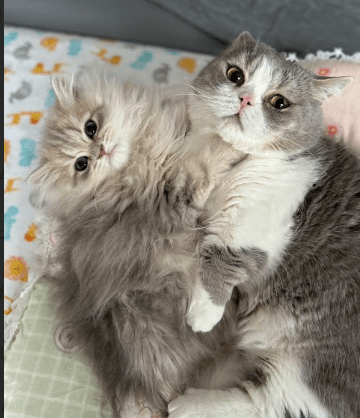
1. Origins and Genetic Lineage
The British Shorthair's lineage traces back to domestic cats of Rome, which interbred with native British felines. Over centuries, selective breeding emphasized traits like a robust physique and dense coat, leading to the modern British Shorthair we admire today. Understanding this lineage is crucial, as it provides context for the breed's genetic predispositions and physical attributes.
2. Distinctive Physical Traits and Their Genetic Basis
The Iconic Round Face and Sturdy Build One of the most recognizable features of the British Shorthair is its round face, characterized by chubby cheeks and a broad skull. This facial structure results from specific genetic markers that influence bone development. Additionally, their muscular build and sturdy frame are products of genes that regulate muscle growth and bone density, giving them a powerful yet graceful appearance.
Plush Coat and Diverse Coloration The British Shorthair's dense, plush coat is not only aesthetically pleasing but also serves as protection against harsh climates. Genetically, this trait is influenced by genes responsible for hair length and density. While the classic "British Blue" is iconic, the breed exhibits a wide range of colors and patterns, including black, white, cream, and various tabby patterns. These variations arise from different combinations of color genes inherited from their ancestors.
3. Genetic Health Considerations
While British Shorthairs are generally healthy, certain genetic conditions are more prevalent within the breed.
Hypertrophic Cardiomyopathy (HCM) HCM is a condition where the heart muscle thickens, potentially leading to heart failure. Studies indicate that British Shorthairs have a predisposition to this condition, emphasizing the importance of regular cardiac screenings, especially for breeding cats.
Polycystic Kidney Disease (PKD) PKD is characterized by the development of fluid-filled cysts in the kidneys, which can impair function over time. Genetic testing can identify carriers, allowing breeders to make informed decisions and reduce the incidence of this condition in future generations.
Feline Infectious Peritonitis (FIP) FIP is a viral disease that can be fatal. While all cats are susceptible, certain breeds, including the British Shorthair, may have a higher risk. Ongoing research aims to understand the genetic factors that influence susceptibility to FIP.
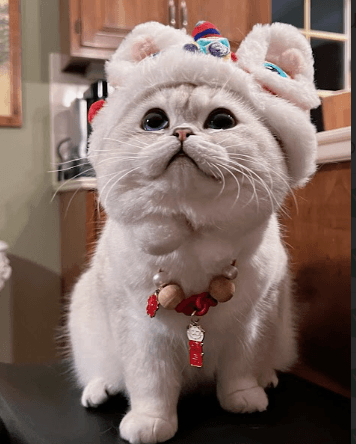
4. The Role of Responsible Breeding
Ethical breeding practices are paramount in maintaining the health and integrity of the British Shorthair breed. Reputable breeders prioritize genetic testing, ensuring that cats with hereditary conditions are not bred. This proactive approach helps in reducing the prevalence of genetic disorders and promotes the overall well-being of the breed.
5. Lifespan and Aging
British Shorthairs are known for their longevity, often living between 12 to 20 years. Their slow maturation process, both physically and mentally, means they retain kitten-like behaviors longer than many other breeds. This extended development period is genetically influenced and contributes to their unique personality traits.
6. Environmental Factors and Epigenetics
While genetics play a significant role in a cat's health and appearance, environmental factors and epigenetics also have an impact. Nutrition, stress levels, and exposure to toxins can influence gene expression, potentially affecting a cat's health. Providing a stable, enriching environment can help in mitigating potential health issues and ensuring the cat's genetic potential is fully realized.
7. The Importance of Genetic Diversity
Maintaining genetic diversity within the British Shorthair population is crucial to prevent inbreeding and the associated health risks. Breeders often collaborate internationally, introducing new bloodlines to enhance genetic variability. This practice not only preserves the breed's vitality but also ensures the continuation of its distinctive traits.
8. Future Perspectives: Advances in Feline Genetics
The field of feline genetics is rapidly evolving. Advancements in genomic sequencing and genetic testing are providing deeper insights into hereditary conditions and trait inheritance. For British Shorthair enthusiasts and breeders, these developments offer tools to make informed decisions, promoting the health and sustainability of the breed.
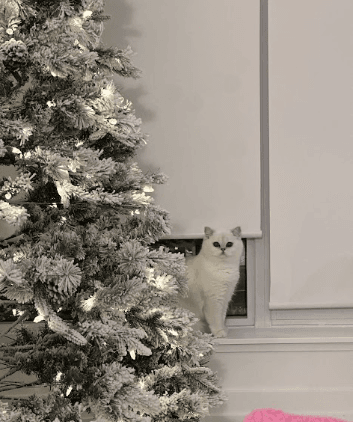
The British Shorthair cat is a remarkable blend of genetic heritage and selective breeding. Understanding the genetic factors that influence their health and appearance allows for better care and appreciation of this beloved breed. As science continues to unveil the complexities of feline genetics, breeders and owners alike are empowered to make choices that honor and preserve the legacy of the British Shorthair.
Ready to Welcome a British Shorthair Into Your Home?
At CatKing Cattery, we are committed to breeding healthy, happy, and well-socialized British Shorthair cats. Our kittens are carefully selected and raised with the utmost care to ensure they are the perfect companions. If you’re looking to add a beautiful British Shorthair to your family, explore our available kittens and reserve yours today. Visit our website or contact us for more information. Reserve Your British Shorthair Kitten in Edmonton now at CatKing Cattery.
2025-05-22




